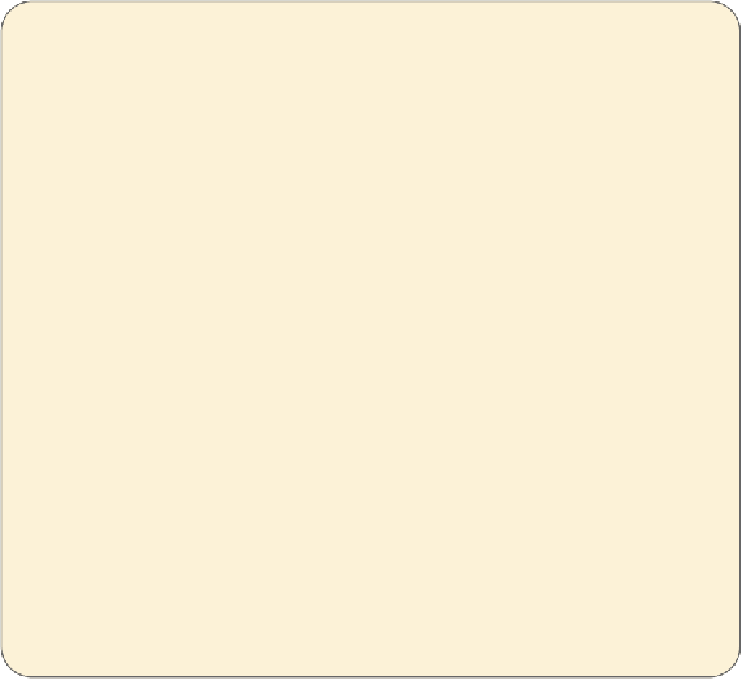Travel Reference
In-Depth Information
From about 700
B.C.
on, various Celtic tribes mixed, mingled, and fought in Ire-
land. The last andmost powerful ofthe Celtic tribes toenter the fraywere the Gaels,
whoprobablycametoIrelandfromScotland.TheIrishandScottishlanguage,Gael-
ic, is named for them.
Celtic society revolved around warrior kings, who gathered groups of families
intoregionalkingdoms.Thesesmallkingdomscombinedtomakethefivelargepro-
vincialkingdomsofancientIreland(whosenamessurviveonmapstoday):Leinster,
Munster, Connacht, Ulster, and the Middle Kingdom (now County Meath).
For defensive purposes, these early Irish peoples lived in small thatched huts
built on man-made islands or on high ground surrounded by ditches and a stone
or earthen wall. A strictly observed hierarchy governed Celtic societies: the king
on top, followed by poets, druids (priests), legal men, skilled craftsmen, freemen,
and slaves. Rarely did a high king rule the entire island. Loyalty to one's clan came
first, andalliances between clans were often temporary,lasting onlyuntil amore ad-
vantageous alliance could be struck with a rival clan. This fluid system of alliances
ebbing and flowing across the Celtic-warrior cultural landscape meant that the Celts
would never unite as a single nation. It also meant that an invading army could not
destroy one main capital or kill one king to bring the entire island to its knees. Celtic
culture was a multiheaded monster...tough to slay.
Unlike the Celtic tribes living in Western Europe and England, the Celts in
Ireland were never conquered by the Romans. This gives Ireland a cultural con-
tinuity and uniqueness rare in Europe. Their culture—which evolved apart from
Europe—remained strong and independent for centuries. Then, in the 12th century,
English dominance led to suppression of the Gaelic language and Celtic traditions.
But with Irish independence—won only in the 20th century—Irish ways are no
longer threatened. The most traditional areas (generally along the west coast, such
astheDinglePeninsula)areprotectedasaGaeltacht. TheGaeltacht (literally,places
where the Gaelic language is spoken) is a kind of national park for the traditional
culture. If much of Ireland's charm can be credited to its Celtic roots, that charm is
most vivid in the Gaeltacht.
Druid priests conducted pagan, solar-calendar rituals among the megalithic stones erec-
ted by earlier inhabitants. The Celtic people peppered the countryside with thousands of
Iron Age monuments. While most of the sights are little more than rock piles that take a
vigorous imagination to reconstruct (ring forts, wedge tombs, standing stones, and so on),
just standing next to a megalith that predates the pharaohs is stirring.
TheCeltic worldlives ontodayintheGaelic language andinlegends ofCeltic warriors
such as
Finn McCool,
who led a merry band of heroes in battle and in play. Tourists mar-
vel at large ritual stones decorated with ogham (rhymes with “poem”) script, the peculiar
Celtic-Latin alphabetthatusedlinesasletters.The
Tara Brooch
andelaborately inscribed,

